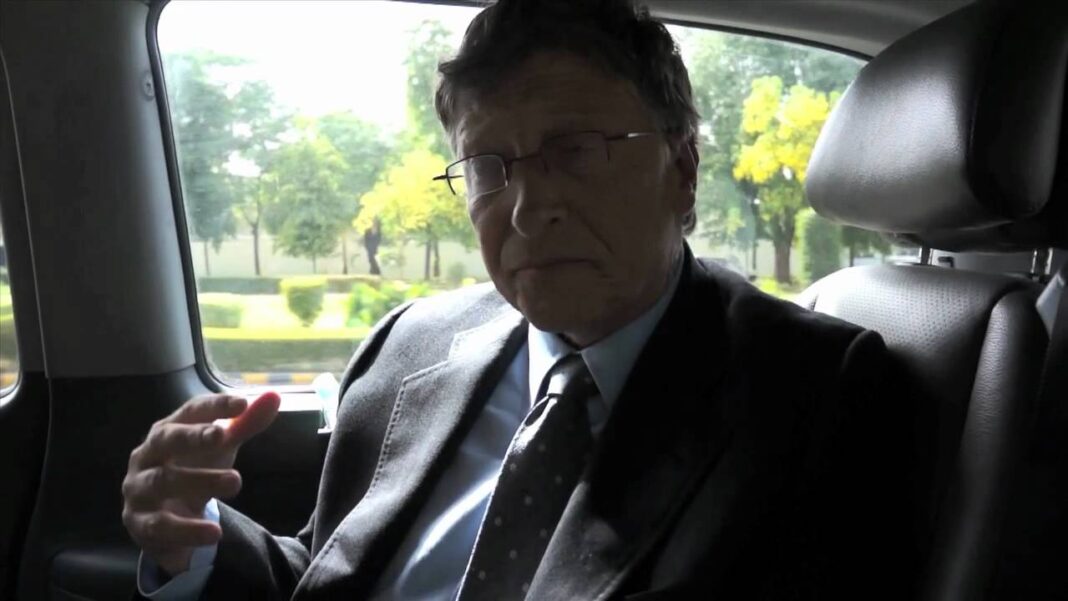New documents detailing closed-door discussions at the most recent Federal Reserve policy meeting show officials softening their “transitory” view of inflation, acknowledging the recent bout of higher prices as more intense and longer-lasting than they previously believed while vowing to act more aggressively if inflationary pressures stay elevated for too long.
Minutes of the Nov. 2–3 meeting of the Federal Open Market Committee (FOMC), released Nov. 24, indicate that members revised upwards their near-term outlook for inflation, blaming faster-than-expected consumer food and energy price rises, along with production bottlenecks, wage gains, and a tightening labor market.
They said they expected inflation to accelerate relative to September’s pace, anticipating that the 12-month change in the personal consumption expenditures (PCE) price index would go up and end the year “well above 2 percent,” which is the Fed’s target inflation rate.
Recent Commerce Department data has borne out this prediction. The headline PCE inflation measure rose at 5.0 percent in the 12 months through October, the fastest pace since 1990, while the core PCE index, which strips out the volatile categories of food and energy and is the Fed’s preferred gauge for calibrating policy, rose at 4.1 percent, the fastest pace since 1991. This represents an acceleration in inflation from readings in September, which showed PCE rising at 4.4 percent and core PCE at 3.7 percent.
While Fed officials judged that the elevated price pressure were mostly driven by production bottlenecks and other factors that they expect to be temporary in nature, they agreed that they should make the case for “transitory” inflation less forcefully.
Members “concurred that it would be appropriate to convey less certainty about the path of inflation by noting that the factors driving elevated inflation ‘are expected to be transitory,’” while noting that “inflation pressures could take longer to subside than they had previously assessed.”
Some members expressed the view that the factors driving up prices had spilled over from a narrow range of pandemic-related categories and had become more widespread, though they “generally continued to anticipate that the inflation rate would diminish significantly during 2022 as supply and demand imbalances abated.”
Still, Fed officials said their uncertainty regarding the inflationary assessment had increased.
By Tom Ozimek








